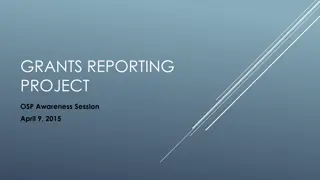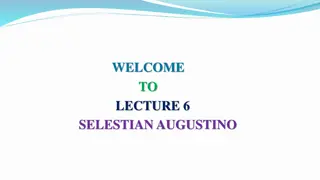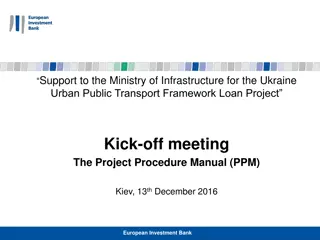The Project Summary
Crafting compelling research objectives is crucial for NSF proposals. The project summary, outlining structure examples, and ways to state a research objective provide valuable insights. Learn how to frame your research, avoid common pitfalls in wording, and explore successful research objective examples. Enhance your proposal by understanding the essential components of a research statement and how to clearly convey your research objectives for NSF funding opportunities.
Download Presentation

Please find below an Image/Link to download the presentation.
The content on the website is provided AS IS for your information and personal use only. It may not be sold, licensed, or shared on other websites without obtaining consent from the author.If you encounter any issues during the download, it is possible that the publisher has removed the file from their server.
You are allowed to download the files provided on this website for personal or commercial use, subject to the condition that they are used lawfully. All files are the property of their respective owners.
The content on the website is provided AS IS for your information and personal use only. It may not be sold, licensed, or shared on other websites without obtaining consent from the author.
E N D
Presentation Transcript
Outline Structure Examples Timeline
Project Summary Three paragraphs, one page Summary of plans and anticipated results 2. Intellectual merit 3. Broader impact 1.
Frame Your Research for NSF Fundamental research (not developmental) State your research objective: The research objective of this proposal is . Your research statement should lead into your methodology
Four ways to state a research objective 1. The research objective of this proposal is to test the hypothesis H. 2. The research objective of this proposal is to measure parameter P with accuracy A. 3. The research objective of this proposal is to prove the conjecture C. 4. The research objective of this proposal is to apply method M from disciplinary area D to solve problem P in disciplinary area E.
Research Objective Ex. 1 Faculty, please see our Sharepoint site for examples of successful CAREER project summaries
Research Objective Ex. 2 Faculty, please see our Sharepoint site for examples of successful CAREER project summaries
Research Objective Ex. 3 Faculty, please see our Sharepoint site for examples of successful CAREER project summaries
Research Objective Ex. 4 Faculty, please see our Sharepoint site for examples of successful CAREER project summaries
Avoid these words Develop Design Optimize Control Manage
Rejected Research Objective Complex microbial populations participate in and drive many biochemical and geochemical processes, ranging from greenhouse gas flux, to nitrogen fixation in soil, to processing of gut nutrients, and beyond [NRC, 2007]. Only recently has it become possible to deeply sample the contents of these populations using next-generation sequence analysis [Mackelprang et al., 2011, Tyson et al., 2004]. Reference-free assembly of these metagenomes is a critical endeavor in modern biology, in part because we have yet to sample even a small fraction of the tree of life, and have no reference genomes for most environmental organisms. De novo assembly techniques have not kept up with the advances in sequencing. A large class of modern assemblers, de Bruijn graph assemblers, has been developed for the express purpose of short-read assembly and can scale to assemble single human genomes on commodity hardware [Miller et al., 2010, Gnerre et al., 2011]. However, these assemblers are neither designed for nor scale to the volume of data being generated for metagenomes, which can contain many times the novel sequence in genomic samples. Scaling metagenome assembly is an important bioinformatics problem. Research Objectives: I propose a research plan centered on combining a compressible graph representation with novel streaming online data reduction and graph analysis algorithms to provide a general scaling solution to the problem of metagenome assembly. We will combine these novel and existing approaches to develop a usable reference implementation that can be applied to existing and emerging sequencing data sets.
Summary of Plans: Paragraph 1 Why is this research needed ? What difference will your research and education goals make? Describe the major proposal tasks very briefly Provide information on why you are uniquely qualified to perform this research.
Intellectual Merit: Paragraph 2 How important is the proposed activity to advancing knowledge and understanding within its own field or across different fields? How well qualified is the proposer (individual or team) to conduct the project? To what extent does the proposed activity suggest and explore creative, original, or potentially transformative concepts? How well conceived and organized is the proposed activity? Is there sufficient access to resources? What is the translational aspect of your proposal?
Broader Impact: Paragraph 3 How well does the project advance discovery and understanding? How well does project broaden participation of underrepresented groups (gender, ethnicity, disability, geographic)? Will results be disseminated broadly to enhance science and technology understanding? (summary of data management plan) What may be the benefits of project to society? Can outcomes be a model for other institutions?
Write your Project Summary Last In third person (the PI will .) Ask for feedback!
Thank you! Beth Hodges bhodges@fsu.edu Emily Hutcheson Tracy Ippolito tippolito@fsu.edu Patrice Williams ehutcheson@fsu.edu pcwilliams@fsu.edu www.research.fsu.edu/research-offices/opd/
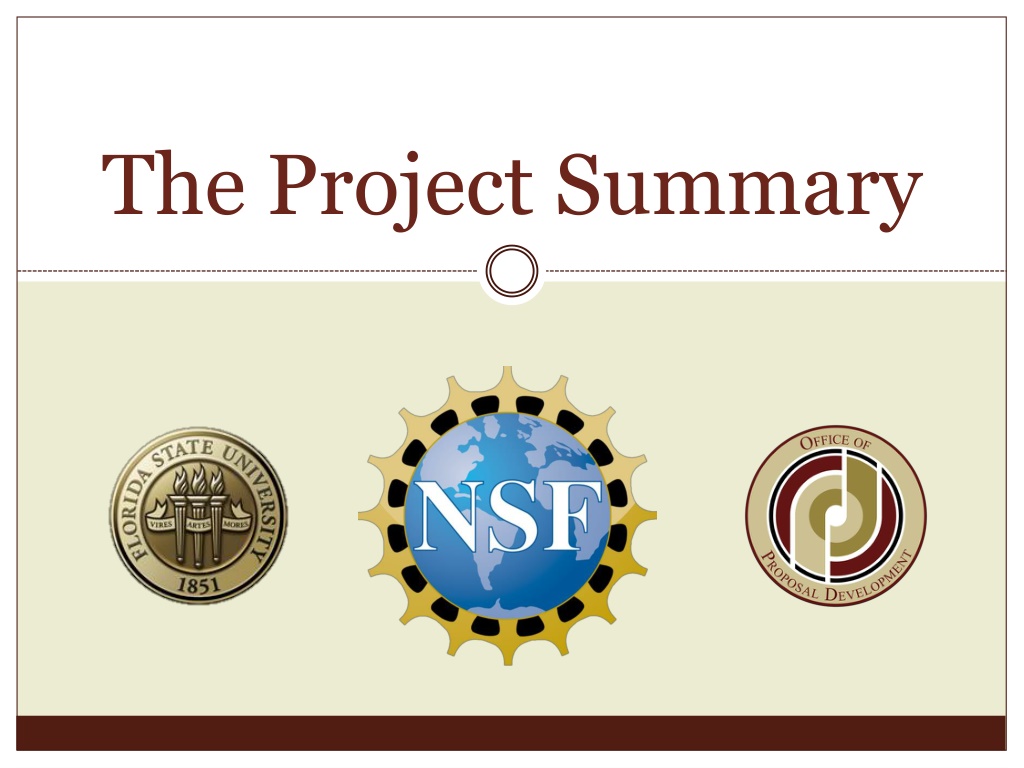
 undefined
undefined








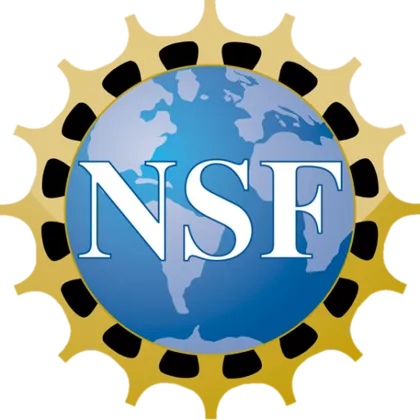

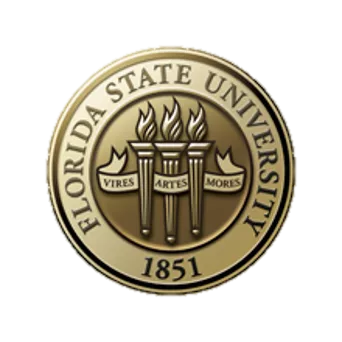











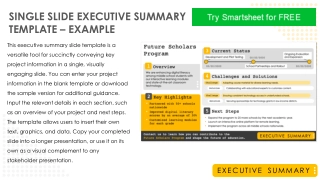




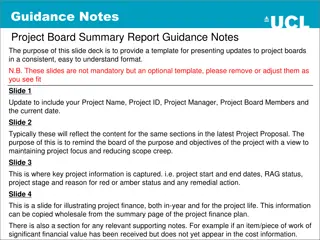




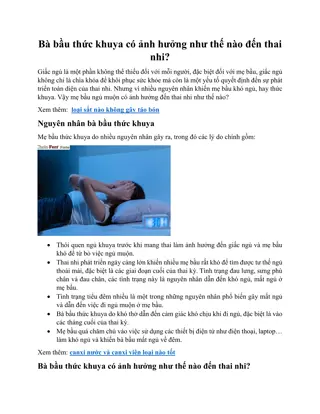
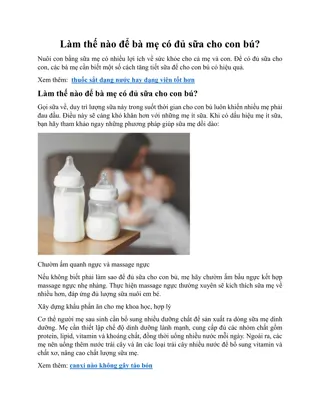
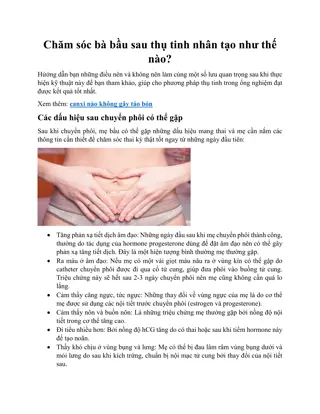
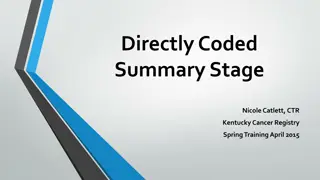
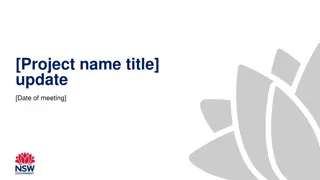
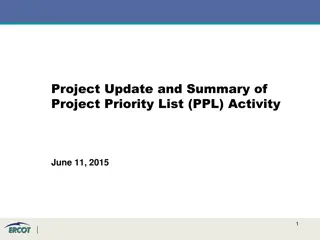
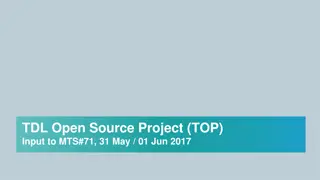
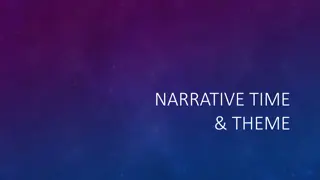
![Project Initiation Document for [Insert.Project.name] [Insert.Project.number]](/thumb/226757/project-initiation-document-for-insert-project-name-insert-project-number.jpg)
